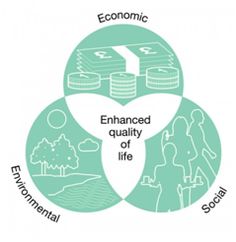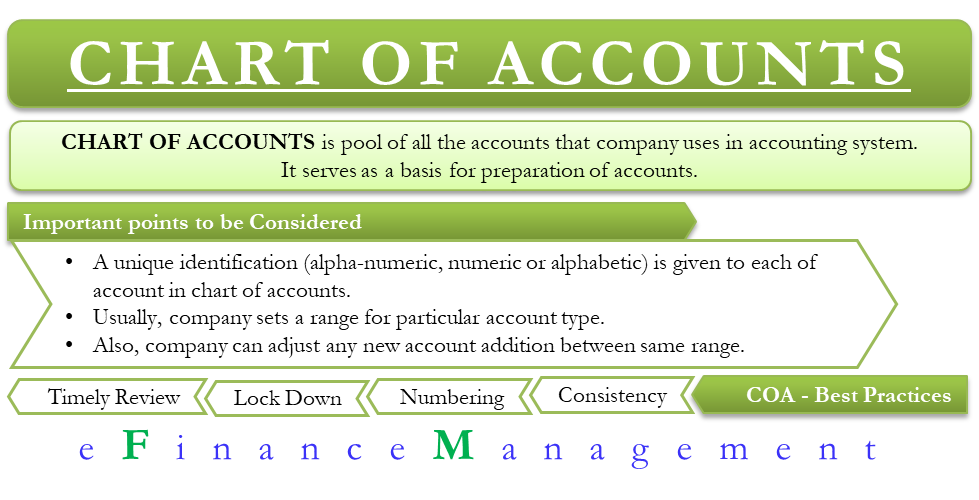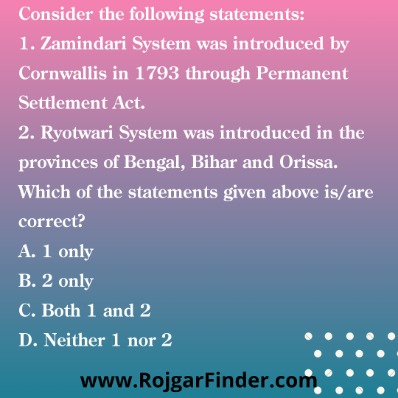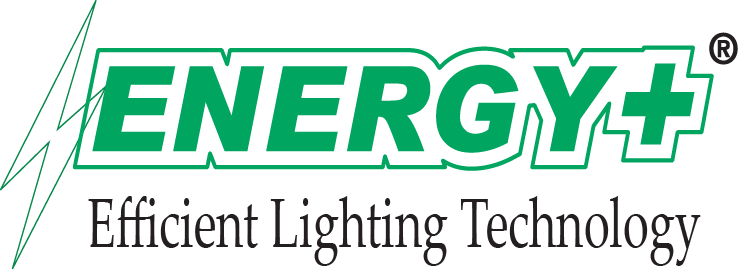
The unrecorded differences may have other items as well, such as errors in the bank statement or bank book, dishonored checks, interest received, etc. Unrecorded differences may also include direct debits and standing orders that get automatically charged at a specific date. Similarly, they may consist of deposits that other parties deposit into the bank account without notifying the company. Unrecorded items are different from timing differences as the company needs to record these differences in its bank book as well. Bank reconciliation is a part of the internal control process of a company.

Reasons for Difference Between Bank Statement and Company’s Accounting Record
Taking the time to perform a bank reconciliation can help you manage your finances and keep accurate records. This relatively straightforward and quick process provides a clear picture of your financial health. Consider reconciling your bank account monthly, whether you set aside a specific day each month or do it as your statements arrive. Consider performing this monthly task shortly after your bank statement arrives so you can manage any errors or improper transactions as quickly as possible.
Data Processing Errors
Deposits in transit are also checks that the company has presented to the bank, but the check did not clear before the preparation of the bank statement. If there are any differences between the accounts and the amounts, these differences need to be explained. Reconciling your bank statements allows you to identify problems before they get out of hand. Reconciliation is typically done at regular intervals, such profitability index calculator as monthly or quarterly, as part of normal accounting procedures. Bank Example 2 showed that the bank debits the depositor’s checking account to decrease the checking account balance (since this is part of the bank’s liability Customers’ Deposits). When the bank debits a depositor’s checking account, the depositor’s checking account balance and the bank’s liability to the customer/depositor are decreased.

How often to reconcile bank statements
Cut checks or pay employees via direct deposit, issue W2s at tax time, and file taxes electronically – all from QuickBooks. Give your accountant direct access to your books so she can find the reports and information she needs when questions arise. Create a separate login for your accountant to make it easy for her to work with you.
What’s the difference between cashbook and bank reconciliation?
Bank Example 1 showed that the bank credits the depositor’s checking account to increase the depositor’s checking account balance (since this is part of the bank’s liability Customers’ Deposits). You should perform bank reconciliation at least every month—which is how often your bank sends a bank statement. A single 30-day period should give you a manageable number of transactions to compare between accounts. Making sure a company’s and its bank’s listed balances align is also a way to ensure the account has sufficient funds to cover company expenditures. The process also enables the company to record any interest payments the account has earned or fees the bank has charged. Not only does the bank provide basic checking services, but they process credit card transactions, keep cash safe, and may finance loans when needed.
- These include our visual tutorial, flashcards, cheat sheet, quick tests, quick test with coaching, and more.
- This helps you ensure that all financial records are accurate and up-to-date, facilitating quicker decision-making and issue resolution.
- While it cannot entirely erase the potential for data processing errors, using accounting software can reduce the likelihood of errors to help generate more accurate financial statements.
- This is especially common in cases where the cheque is deposited at a bank branch other than the one at which your account is maintained.
- After adjusting the balance as per cash book, make sure that you record all such adjustments in your company’s general ledger accounts.
Match deposits and withdrawals to the balance sheet
In the past, it was common for a company to prepare the bank reconciliation after receiving the monthly bank statement and before issuing the company’s balance sheets. However, with today’s online banking a company can prepare a bank reconciliation throughout the month (as well as at the end of the month). This allows the company to verify its checking account balance more frequently and to make any necessary corrections much sooner. A bank reconciliation statement is a financial document that summarizes your bank account transactions and internally recorded transactions, showing that the two records match. You don’t necessarily have to create a bank reconciliation statement every time you reconcile your accounts—if you perform bank reconciliation every day, you probably shouldn’t.

You can do a bank reconciliation when you receive your statement at the end of the month or using your online banking data. Reconciling your bank statements won’t stop fraud, but it will let you know when it’s happened. Note that this process is exclusively for reconciliations performed by hand. If you use accounting software, then your reconciliation is done largely for you.
Bank reconciliation statements compare transactions from financial records with those on a bank statement. Where there are discrepancies, companies can identify and correct the source of errors. A bank reconciliation statement can help you identify differences between your company’s bank and book balances. An outstanding cheque refers to a cheques payment that has been recorded in the books of accounts of the issuing company. But, such a cheque has not yet been cleared by the bank account of such a company as a deduction from its cash balance.
To reconcile your bank accounts, you’ll first need a copy of your most recent bank statement and access to your business’s accounting records. Specifically, you’ll want access to the general ledger and cash book, which records your cash and bank transactions. Compare each bank transaction to the corresponding transaction as recorded in your general accelerated depreciation for business tax savings ledger, ensuring the documents match. To reconcile bank accounts, compare your bank statement to your records, noting any discrepancies. Adjust your records to match the bank statement, considering deposits, withdrawals, fees, and errors. Reconciling a bank statement is an important step to ensuring the accuracy of your financial data.
We don’t guarantee that our suggestions will work best for each individual or business, so consider your unique needs when choosing products and services. The offers that appear on this site are from companies that compensate us. But this compensation does not influence the information we publish, or the reviews that you see on this site. We do not include the universe of companies or financial offers that may be available to you.
If you’ve been charged a fee in error, contact your bank to resolve the issue. There will be very few bank-only transactions to be aware of, and they’re often grouped together at the bottom of your bank statement. At times, you might give standing instructions to your bank to make some payments regularly on specific days to the third parties. For instance, insurance premiums, telephone bills, rent, GST, etc are directly paid by your bank on your behalf and debited to your account.
Sheetgo integrates seamlessly with Google Workspace, allowing you to leverage its full potential in a familiar environment. With its customizable workflows, you can tailor the reconciliation process to fit your specific needs, ensuring a smooth and efficient operation. At Business.org, our research is meant to offer general product and service recommendations.
Read the steps you should take when closing out your small business’ books for the end of the fiscal year. When you finish reconciling accounts, QuickBooks automatically generates a reconciliation report. It summarizes the beginning and ending balances, and it lists which transactions were cleared and back office services definition which were left uncleared when you reconciled. This report is useful if you have trouble reconciling the following month. Checks which have been written, but have not yet cleared the bank on which they were drawn. In the bank reconciliation, outstanding checks are deducted from the balance per bank.
By using pre-configured templates, it simplifies the management of open items and enhances analytical capabilities. Automating bank reconciliation can bring numerous benefits to a business, including increased accuracy, productivity, and cost savings. By using software tools to automate bank reconciliation, businesses can focus on other critical tasks and make informed business decisions based on accurate financial data. The bank statement and the company’s records now both show a $6,975 balance. By avoiding these common errors, you can ensure the accuracy of your organization’s financial records, make informed business decisions, and reduce the risk of financial issues. Regular reconciliation and review of financial records can help identify and resolve errors promptly, reducing the risk of financial issues.
Such a process determines the differences between the balances as per the cash book and bank passbook. You’ll need a few items to perform a bank reconciliation, including your bank statement, internal accounting records, and a record of any pending cash transactions (either inflows or outflows). Ideally, you should reconcile your books of accounts with your bank account each time you receive the statement from your bank. The bank may send you your bank statement at the end of each month, every week, and even at the end of each day in case of businesses having a huge number of transactions.
Thus, such debits made by the bank directly from your bank account lead to a difference between the balance as per cash book and the balance as per the passbook. When your business receives cheques from its customers, such amounts are recorded immediately on the debit side of the cash book. However, in the bank statement, such a balance is showcased as a debit balance and is known as the debit balance as per the passbook.
However, there might be a situation where the receiving entity may not present the cheques so issued by your business to the bank for immediate payment. Therefore, such adjustment procedure helps in determining balance as per bank that goes into the balance sheet. Not Sufficient Funds (NSF) refers to a situation when your bank does not honour your cheque.
This includes everything from major fraud and theft to accounting miscalculations, insufficient funds, and incomplete or duplicated payments. If you have access to online banking, you can download the bank statements in order to undertake the bank reconciliation process at regular intervals instead of manually entering the information. In addition to this, the interest or dividends earned on investments is directly deposited into your bank account after a specific period of time. Therefore, you need to pass a journal entry in your books of accounts showcasing the increase in cash balance due to the interest or dividend earned. NSF cheques are an item to be reconciled while preparing the bank reconciliation statement.

